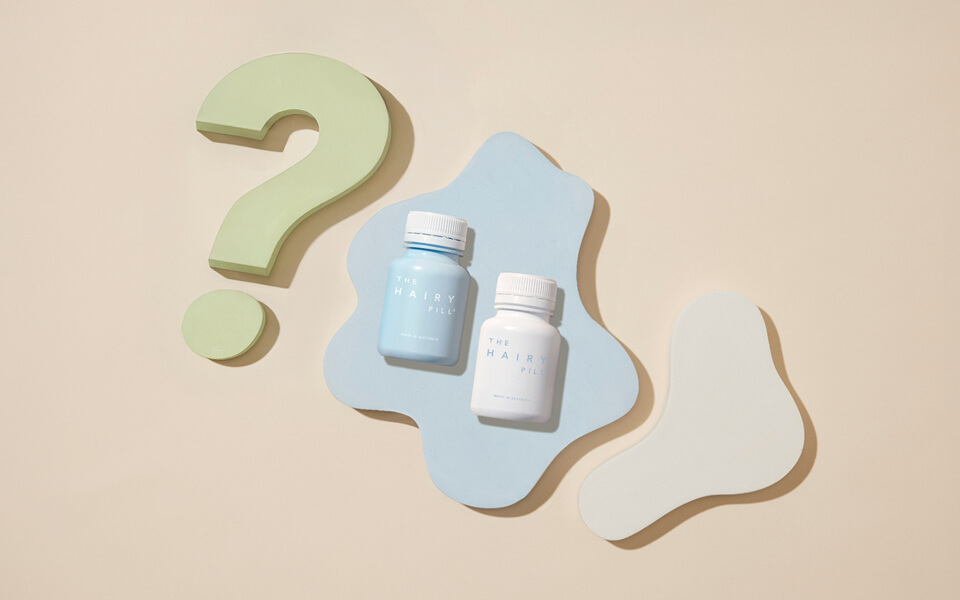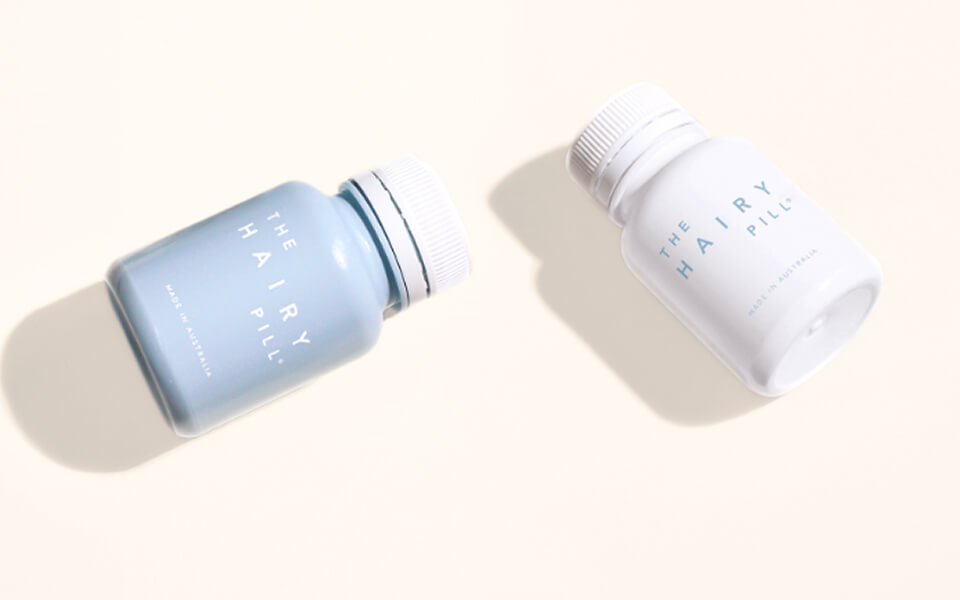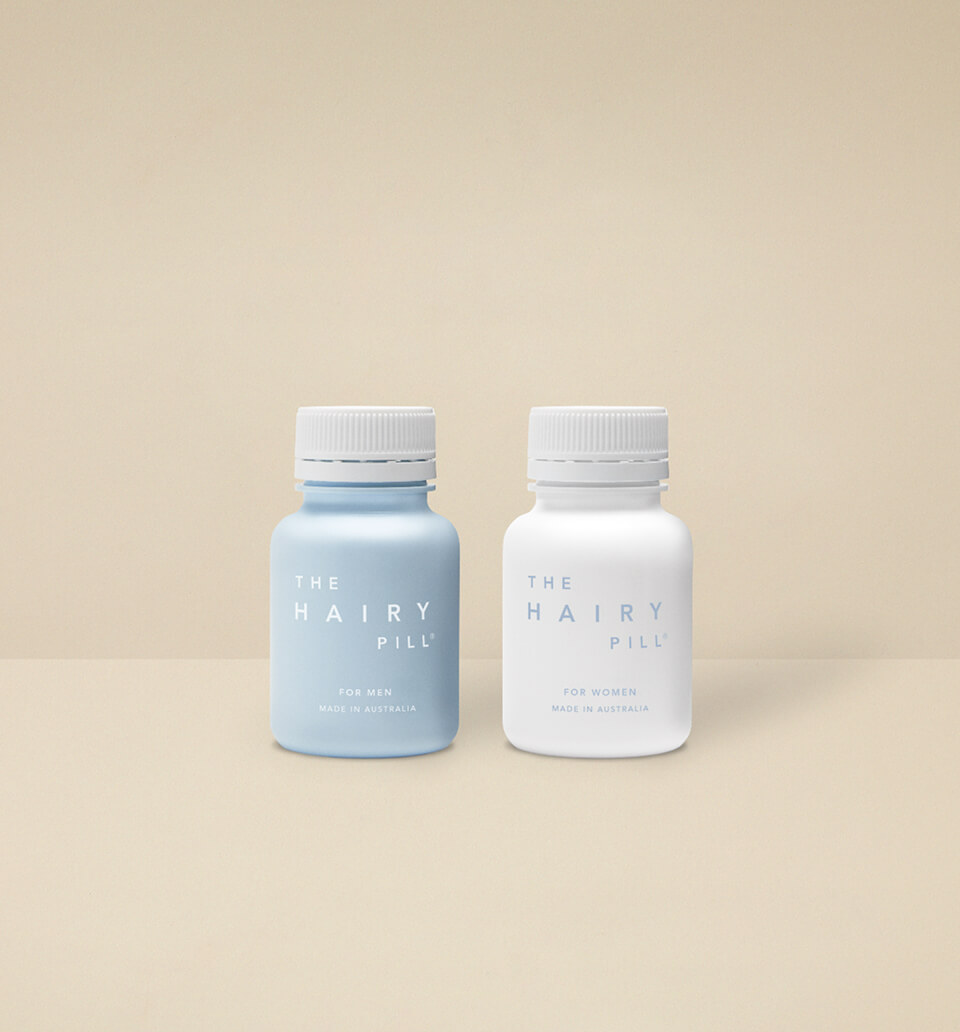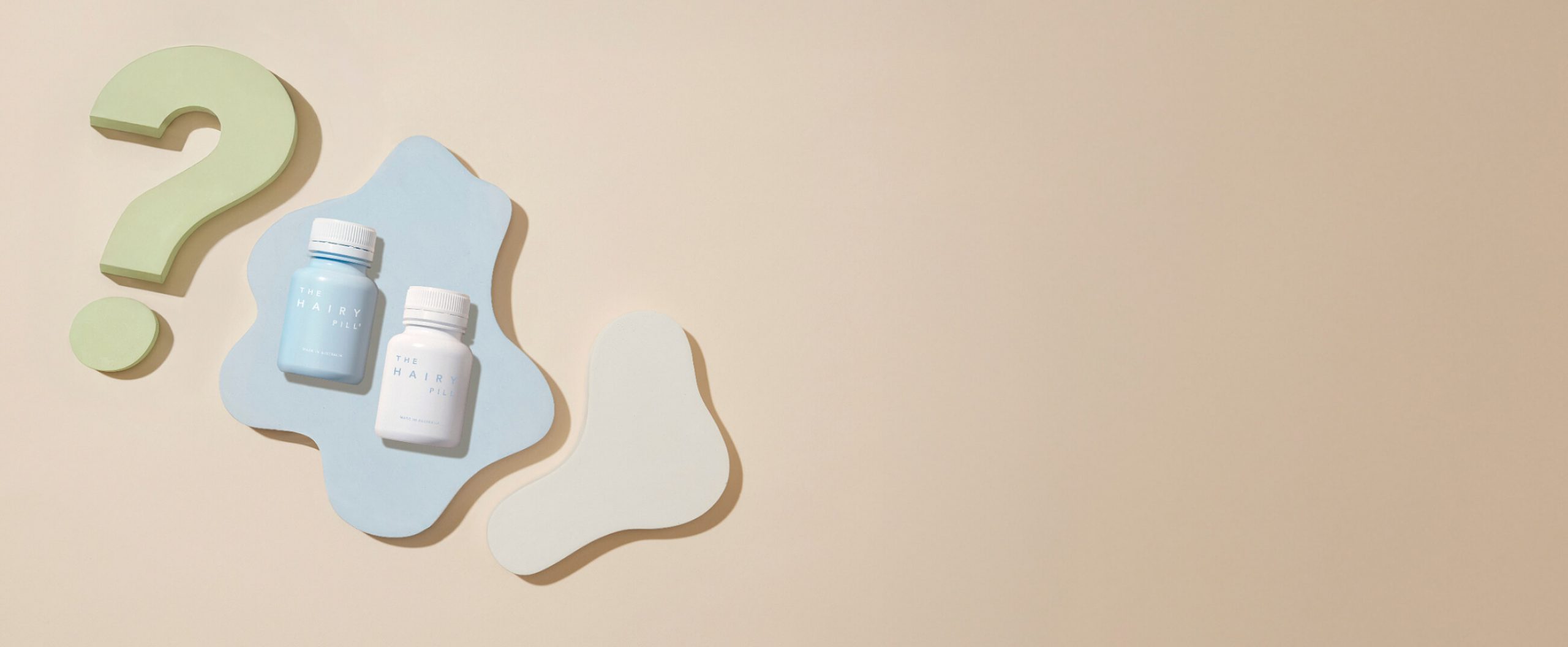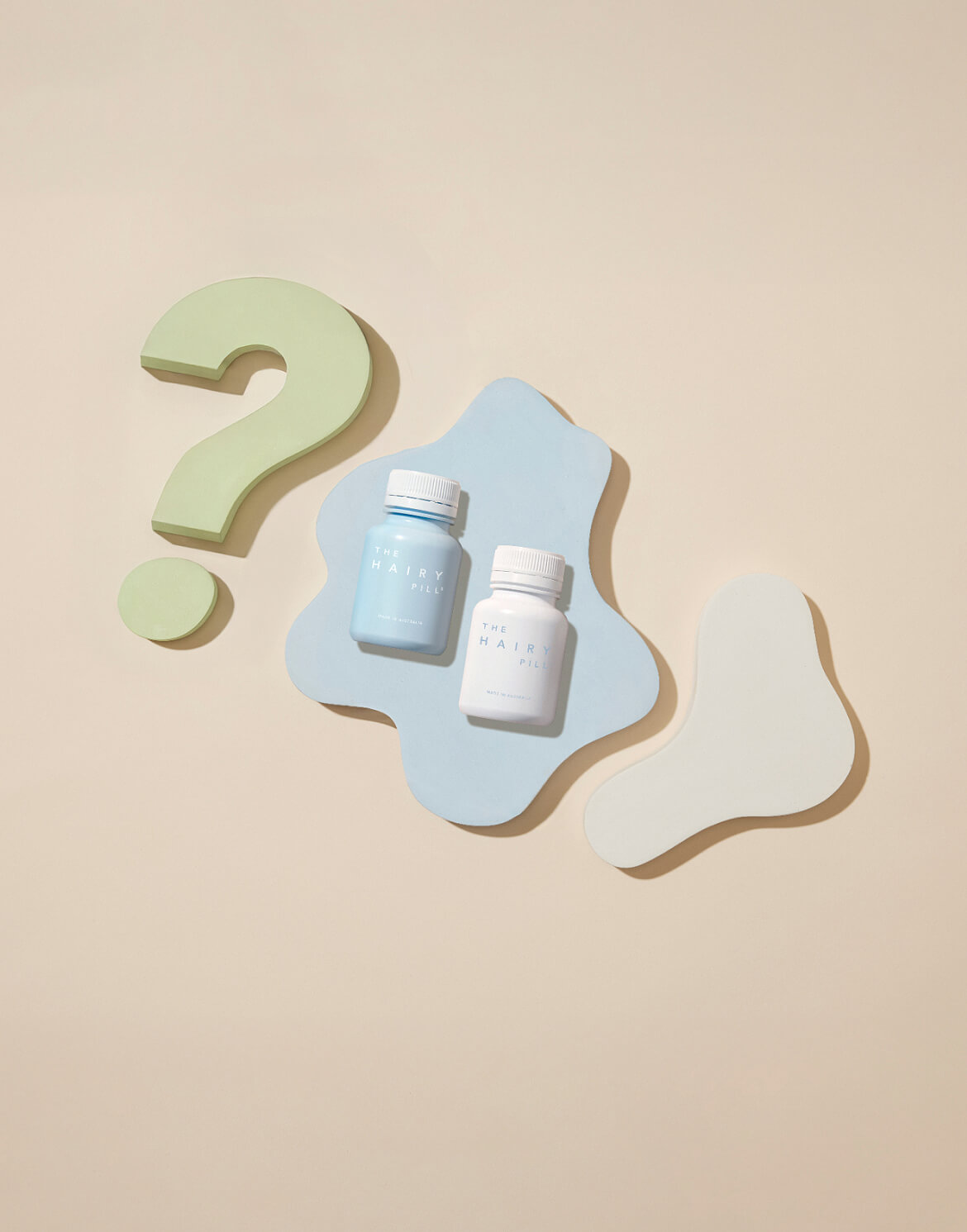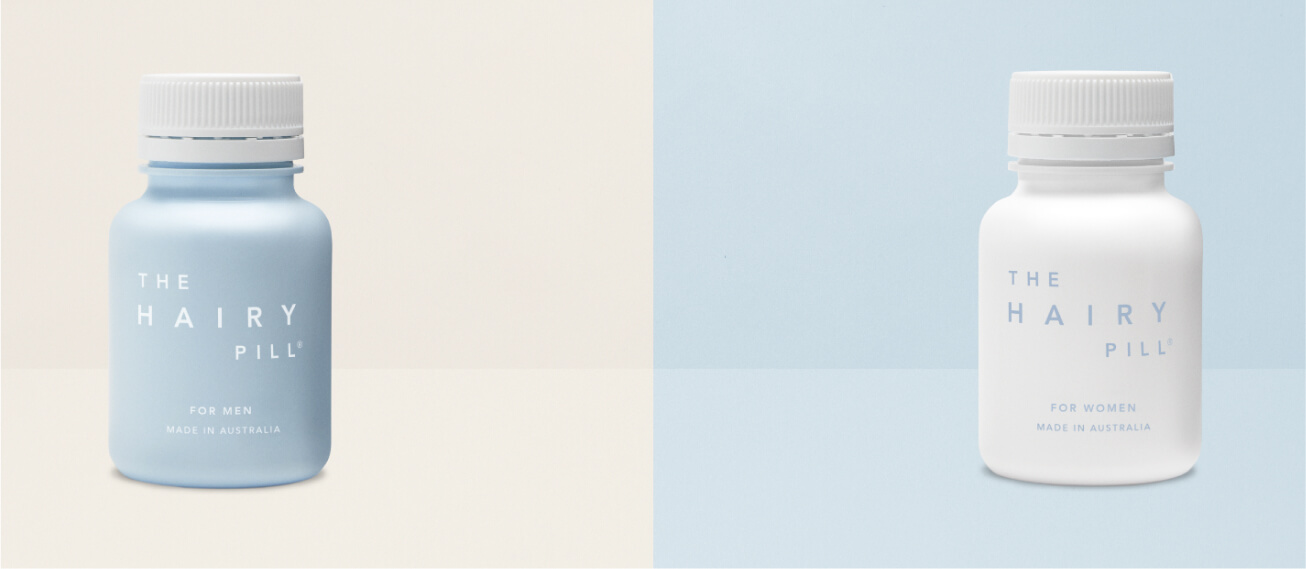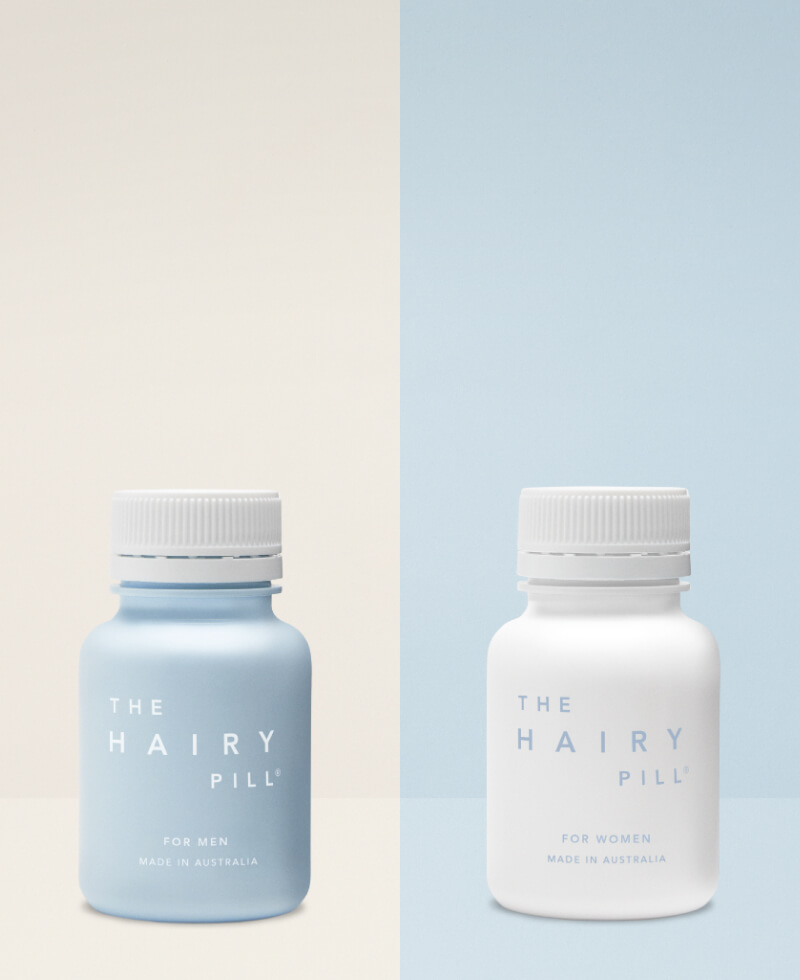Testosterone often takes the blame for hair loss. But the impact the male sex hormone has on how your hair grows — and sheds — isn’t clean cut.
Scientific research links testosterone to both men’s hair loss and hair loss in women. But it’s an indirect link at best.
A bunch of other factors are also involved: sensitive hair follicles, the activities of another potent hormone, and genetics.
So how big a role does testosterone play in hair loss? It gets a little technical but we’ll keep it simple. Read on to learn more about the science, treatment options, and FAQs.
How Do Testosterone Levels Affect Hair Growth?
Different types of testosterone exist in your body (more on that in the FAQs). But when it comes to hair growth, we’re only concerned with one: free testosterone.
Some testosterone binds to proteins in your body. The rest is called free testosterone, which enzymes can convert into (*deep breath*) dihydrotestosterone (DHT).
DHT is a much more potent hormone than testosterone and far more responsible for hair growth — or loss.
We know this because studies show that men with baldness can have lower levels of free testosterone but higher levels of the enzyme that converts it into DHT.
What does this mean? Increasing testosterone doesn’t necessarily cause hair loss.
DHT is responsible for the growth of pubic and body hair. But it also shrinks follicles — the pores in your skin that contain hair — and makes it harder for hair to grow.
So DHT plays a key role in male and female pattern hair loss. But there’s more to it than that.
Let’s start with genetics. Your hair follicles have receptors that interact with DHT and testosterone. Genetics will determine how sensitive and how prolific these receptors are.
Sensitive receptors will react to even the tiniest amounts of DHT, making you more prone to hair loss. And the more receptors you have, the more likely you are to experience hair loss.
TL;DR? There are 4 main things that contribute to hormonal hair loss:
- Sensitive hair follicles
- Higher numbers of receptors on the hair follicles
- High levels of DHT-converting enzymes
- DHT itself
Armed with that knowledge, how do we tackle hormone-induced hair loss?
Discover if The Hairy Pill® is right for you.
Take our short hair health quiz and we will work out if The Hairy Pill® can help you and your hair.
Take the quizTreatment Options for Testosterone-Induced Hair Loss
Almost all types of hair loss — including genetic and hormonal hair loss (called androgenetic alopecia) — can be treated. The trick is to get to the root of the problem as early as possible.
Different treatment options have different outcomes. Cosmetic solutions are costly and come with big risks. Yet little evidence supports laser light therapy and nutritional supplements for hair loss.
But medication that stops hair loss at its roots can work. Effective hair loss medication stops DHT in its tracks and stimulates hair growth at the same time.
Nutritional Review
Many people with hair loss head straight to the supplements aisle at the local pharmacy to pick up the latest elixir for hair growth.
Some supplements do help but the jury’s out on most hair growth supplements, with studies producing mixed results.
Biotin
Biotin helps increase and maintain levels of keratin — the protein present in your hair (and nails and skin). It may help enhance hair growth but the body usually gets all the biotin it needs from a varied and balanced diet.
Pumpkin Seed Oil
Pumpkin seed oil is another popular choice. There’s evidence to suggest that pumpkin seed oil may inhibit the enzymes that produce DHT.
Iron
Iron deficiencies are often associated with hair loss. So if you have androgenic alopecia or telogen effluvium, along with low iron levels, doctors may recommend iron supplements.
Vitamin C supplements help with iron absorption and may be recommended as well.
Zinc
There’s a correlation between low zinc levels and hair loss. Case studies suggest that zinc supplements may assist with hair growth.
Cosmetic Solutions
There are two popular cosmetic procedures:
- Follicular unit transplantation (FUT) involves removing skin from one hairier part of your scalp, removing follicles from that strip of skin, and reinserting the follicles into bald spots.
- Follicular unit extraction (FUE) involves removing follicles directly from the scalp, without removing any skin, and transplanting them to bald spots.
Hair transplants are a costly and complicated surgical procedure to fix hair loss. You may need multiple treatments and risks include scarring and infections.
Low-Energy Laser Light Therapy LLLT)
LLLT is believed to promote hair growth by reducing inflammation in the follicles associated with some types of hair loss, such as alopecia areata.
Since few studies support the effectiveness of LLLT for hair loss, we still don’t know enough about this treatment as a long-term solution.
Prescription Medication
Studies have shown that medications that stop testosterone from converting into DHT can delay the progress of androgenetic alopecia.
Finasteride is a common prescription medication that binds to enzymes and prevents them from converting testosterone into DHT.
The Hairy Pill® is another option. It’s a patented hair loss treatment that’s personalised to you and the underlying technology has been clinically proven to work. It contains active ingredients that can stop hair loss in its tracks and stimulate regrowth.
Ready to start your hair growth journey?
- Free express shipping
- Unlimited doctor consultations
- Simple once a day treatment
Testosterone Hair Loss in Women
Men are more likely to experience the effects of testosterone but that doesn’t mean women are immune to it.
Women have a tiny amount of testosterone in their body — 10 to 20 times less than men. But that’s still enough to affect androgenetic alopecia or female pattern hair loss.
DHT interacts with hair follicles in females in the same way it does with men, although the pattern of hair loss is different in women.
For women, thinning occurs over the top of the head, usually identified by a widening part. Women don’t generally get a receding front hairline.
Hair Loss from Testosterone Is Reversible with Our Hair Loss Medication
It’s possible to reverse most types of hair loss, including hair loss caused by genetics or testosterone. You just need to act early.
The Hairy Pill® treatment can help prevent hair loss while stimulating regrowth. The best part? It’s just one pill, taken daily. Get started on the treatment in just 5 minutes.

